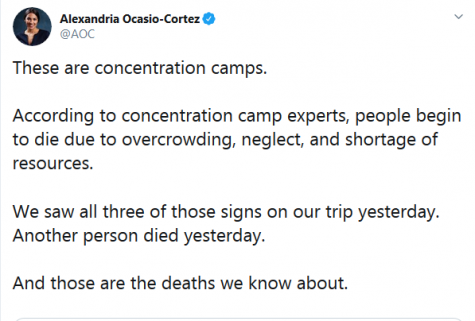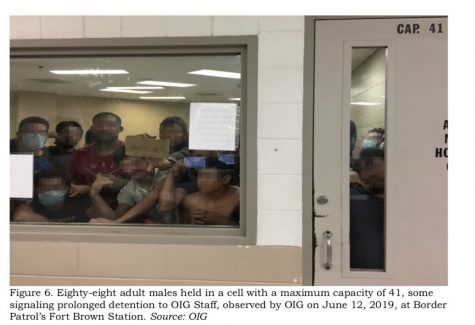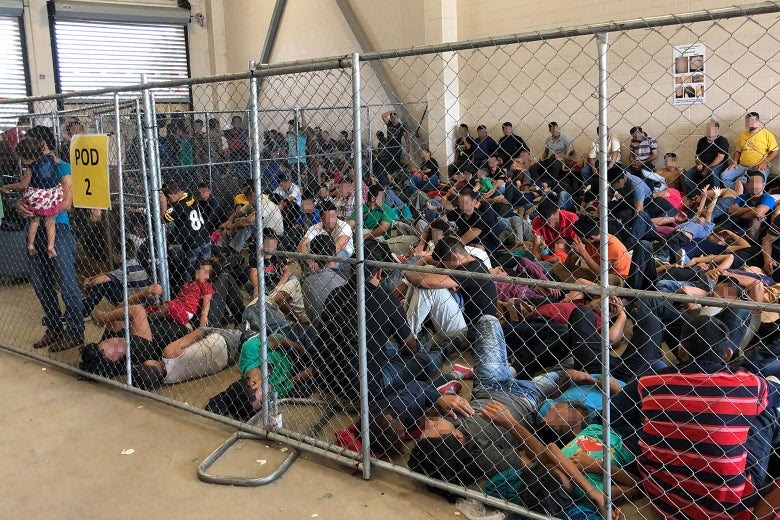The US-Mexico Border
March 6, 2020
The U.S.-Mexico border has been a talking point since well before the Trump administration, but as of 2016 it really came into the political spotlight. Since then, fear of immigrants has been used as a political tool by the Trump administration as has been detailed by Vox, and fear within countries south of the border rises as rates of violence soar.
After Trump won the presidency, he enforced stricter immigration laws. The camps used by the U.S. government to detain hopeful immigrants along the border were called “concentration camps” by Alexandria Ocasio-Cortez on Twitter, where citizens begged for access to toothbrushes, beds, and medical care.

To many, it may seem like Ocasio-Cortez is trivializing concentration-camps and the conditions in them. However, according to NBC, “concentration-camp historians agree that using the term ‘concentration camp’ to describe conditions at the border is accurate.”
A survivor of the holocaust, Ruth Blotch, said, “It’s the same conditions I lived through—we never had soap, but we had water, cold water, and not necessarily a shower. No toilet paper. It was inhuman.”

Although conditions have improved since this photo was taken in June 2019, there was nearly no coverage of this issue compared to the importance of it.
Currently, the Trump administration may owe migrant families reparations for “torture” and “forced disappearance,” according to Physicians for Human Rights (PHR).
PHR observed symptoms of PTSD and clear evidence of torture when in the internment camps along the border, to a degree that is reflective of the famous Stanford Prison Experiment.
While that legal battle forges on, others continue to look for escape from their home countries along what is becoming one of the most populous borders in the world. For some migrants this is easier, with Hatians and Africans still having long waits along the wall, but having hope that they will eventually cross. Those from Central America struggle more, as the violence in places like Mexico increase and more attempt to flee for their safety and the safety of their children.
Many wait in camp sites along the border in degrading conditions waiting to be processed by the U.S. Others came looking to escape to the U.S. but have now settled in Mexico and are making it their home.
Mexicans looking to escape violence within their own communities are afraid for themselves and their children, and report feeling like sitting ducks as they wait along the border. In the past, they would wait within America to be processed, as they are seeking safety, but under this new administration much of the processes around immigration have changed and become more strict.
Across the world, people fear for their lives and their safety, and there is a growing concern that America is only adding to that fear.


Isaac Rigoli • Apr 11, 2021 at 5:08 pm
This definitely gave me a much better understanding of what the border is like. I think it also shows the atrocities that happens at the border. It was very interesting to hear what real people have said about the conditions there.
Alex Bessaoud • Apr 8, 2021 at 11:44 am
I thought I had a good understanding of what the Mexico border situation is like, after reading this article I was definitely wrong. This brought light to many points that I had not thought of before, and want to thank you for bringing attention to this topic and for the thorough research.